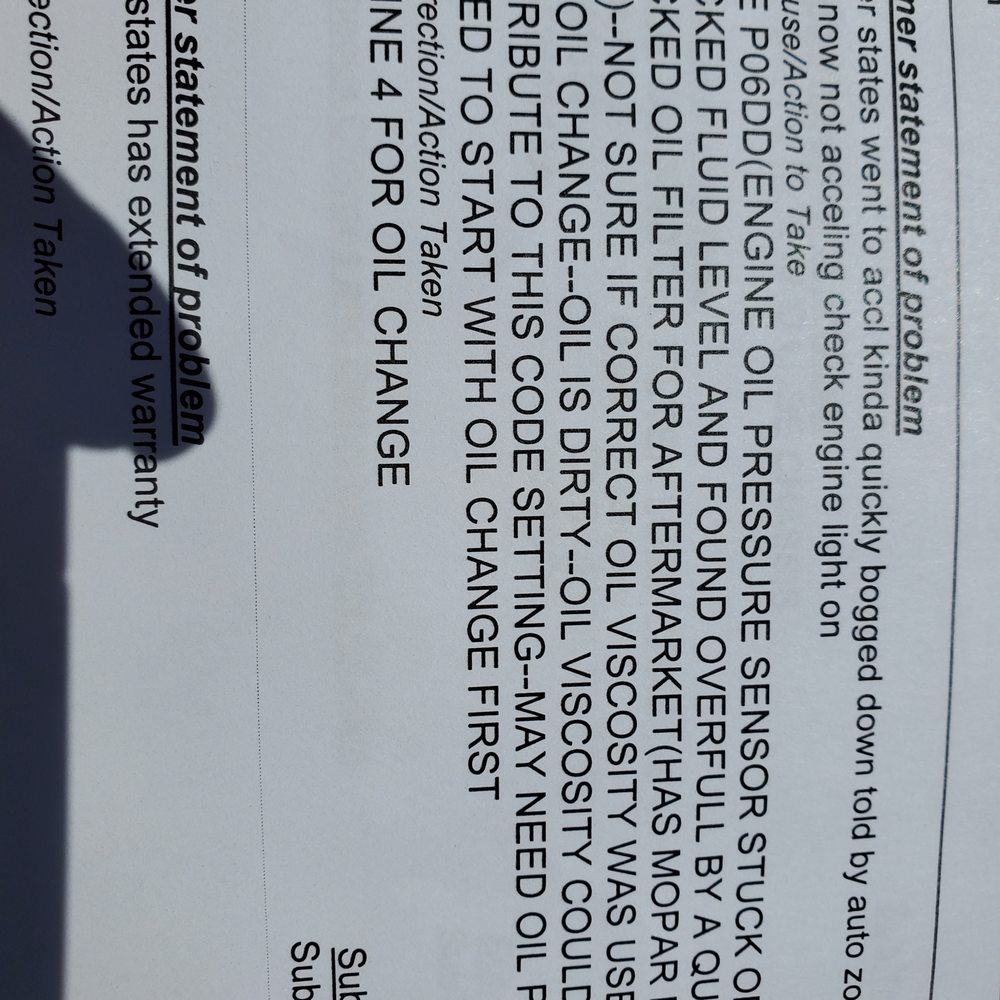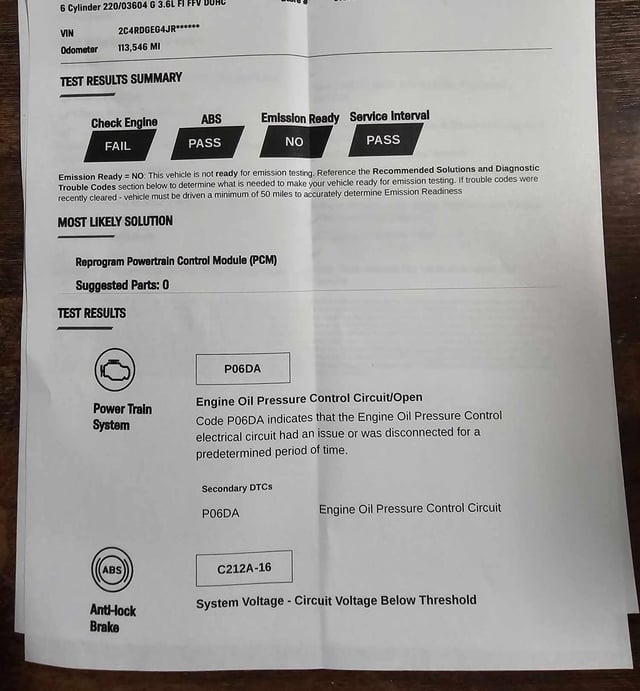Looking for an At Home Oil Change Kit in Austin, Texas, United States? You can find various options ranging from $32.67 to $289.99 at popular retailers like Amazon, Walmart, and Speedway Motors.
These kits typically include everything you need for a DIY oil change, such as motor oil, oil filter, wrenches, and funnels. Changing your own oil at home can be a cost-effective and convenient option, especially if you enjoy working on your car.
With the right tools and supplies, you can easily perform an oil change yourself and save money in the process. Whether you’re a seasoned DIY enthusiast or a beginner looking to learn, an At Home Oil Change Kit can be a valuable addition to your home maintenance toolkit.

Credit: www.amazon.com
Introduction To Diy Oil Changes
Changing your own oil at home can be a rewarding and cost-effective way to maintain your vehicle’s engine health. By taking on this simple maintenance task yourself, you can ensure that your car is running smoothly and efficiently. Let’s explore the benefits of changing your own oil and address some common misconceptions.
Benefits Of Changing Your Own Oil
- Cost Savings: Doing your oil change at home can save you money on labor costs.
- Convenience: You can schedule the oil change at your convenience without having to wait at a service center.
- Control: You have control over the type and quality of oil and filters used in your vehicle.
- Learning Experience: It’s a great way to learn more about your vehicle’s maintenance and build mechanical skills.
Common Misconceptions
- Complexity: Many people think changing oil is complicated, but with the right tools and guidance, it can be straightforward.
- Time-Consuming: Contrary to belief, an oil change at home can often be quicker than waiting at a service center.
- Quality Concerns: Some worry about the quality of DIY oil changes, but following manufacturer guidelines ensures proper maintenance.
Essential Tools For The Job
The At-Home Oil Change Kit is essential for DIY car maintenance, including a drain plug pro, oil filter pliers, and a Lisle oil funnel. These tools make changing your car’s oil convenient and cost-effective, allowing you to perform the task safely and correctly from the comfort of your own garage.
Performing an oil change at home can save you time and money in the long run. However, to do it right, you need to have the right tools. Here are some essential tools you’ll need to change your oil at home.
Choosing The Right Oil And Filter
Before you start, make sure you have the right oil and filter for your vehicle. Check your owner’s manual or consult with a mechanic to determine the best type and viscosity of oil and the correct filter for your car.
Additional Tools And Equipment
In addition to oil and a filter, you’ll need a few other tools and equipment to change your oil at home. Here are some items you should consider having on hand:
- Rhino Ramps or a jack and jack stands
- Drain pan
- Oil filter wrench or pliers
- Oil drain plug wrench or socket
- Lisle oil funnel
- Clean rags or paper towels
Using Rhino Ramps or a jack and jack stands can make it easier to access the oil pan and filter. A drain pan will catch the old oil as it drains out of the car. An oil filter wrench or pliers will help you remove the old filter, while an oil drain plug wrench or socket will help you remove the drain plug. The Lisle oil funnel is designed to prevent spills and make it easier to pour the new oil into the engine. Remember, having the right tools is essential to ensure a successful oil change at home. Not only will it save you money in the long run, but it will also give you a sense of accomplishment knowing that you did it yourself.
Step-by-step Guide
When it comes to maintaining your vehicle, changing the oil is a crucial task that can be done efficiently at home with the right tools. Follow this step-by-step guide for an easy oil change process.
Preparing Your Vehicle
- Step 1: Park your vehicle on a level surface and engage the parking brake.
- Step 2: Gather the necessary tools and materials: oil drain pan, new oil filter, wrench, and oil filter wrench.
- Step 3: Let the engine run for a few minutes to warm up the oil for easier drainage.
Draining The Old Oil
- Step 1: Position the oil drain pan beneath the oil drain plug.
- Step 2: Unscrew the drain plug using a wrench and allow the old oil to drain completely.
- Step 3: Once the oil has drained, securely tighten the drain plug back into place.
Replacing The Oil Filter
- Step 1: Locate the oil filter under the vehicle and use an oil filter wrench to remove it.
- Step 2: Apply a thin layer of oil to the rubber gasket of the new oil filter.
- Step 3: Screw the new oil filter into place by hand and then give it a final quarter turn with the wrench.
Safety First
When performing an at-home oil change, safety should always be the top priority. By following proper safety protocols and using the right protective gear, you can ensure a secure and efficient oil change process.
Proper Use Of Ramps And Chocks
When using ramps to elevate your vehicle, it’s crucial to position them on a flat, level surface and set the emergency brake before driving onto them. Additionally, chock the wheels not being lifted to prevent any unintended movement.
Protective Gear Recommendations
Wearing the appropriate protective gear is essential during an oil change. Ensure you have sturdy work gloves to protect your hands from hot engine parts and oil spills. Safety goggles can shield your eyes from potential splashes or debris. Additionally, a pair of overalls or old clothes can protect your skin from oil stains.
Troubleshooting Common Issues
When performing an at-home oil change, it’s important to be aware of potential issues that may arise. By understanding how to troubleshoot common problems, you can ensure a smooth and successful oil change process. Here are some tips for dealing with common issues that may occur.
Dealing With A Stuck Oil Filter
If you encounter a stuck oil filter during your at-home oil change, it can be frustrating. To address this issue, try using an oil filter wrench or pliers designed specifically for removing stubborn filters. Applying a bit of penetrating oil around the filter’s seal and allowing it to sit for a few minutes can also help loosen the filter, making it easier to remove.
Avoiding Spills And Leaks
Preventing spills and leaks is crucial when changing your oil at home. Before beginning the process, ensure that the vehicle is parked on a level surface and that you have a suitable drain pan in place to catch the old oil. Additionally, double-check the tightness of the drain plug and oil filter after installation to minimize the risk of leaks.

Credit: www.amazon.com
After The Change
After the Change: Once the oil change is complete, there are a few important steps to take to ensure everything is in proper order.
Proper Disposal Of Old Oil
When disposing of the old oil, remember to take it to a recycling center or an auto parts store that accepts use oil for proper disposal.
Checking For Leaks
After the oil change, check for any leaks under the car by inspecting the area where the oil drain plug and oil filter are located.
Resetting The Oil Indicator
Don’t forget to reset the oil change indicator light on your dashboard to ensure accurate tracking of the next oil change interval.
Cost Analysis
Changing your car’s oil at home can save money in the long run. By investing in an at-home oil change kit, you can cut costs significantly compared to professional services. With kits available for as low as $32. 67 at Walmart or $24.
99 at Speedway Motors, it’s a cost-effective solution for regular maintenance.
Diy Vs. Professional Oil Change Costs
When it comes to changing your car’s oil, you have two options: do it yourself (DIY) or take it to a professional mechanic. The cost difference between the two can be significant. According to a recent survey, the average cost of a professional oil change is around $50 to $70, while a DIY oil change will cost you between $20 to $40.
Long-term Savings
While the upfront cost of an At Home Oil Change Kit may be higher than a single professional oil change, the long-term savings are significant. With an oil change kit, you can change your oil several times, which means you can save hundreds of dollars over the years. Moreover, doing an oil change at home can save you time and hassle. You don’t need to make an appointment or wait for your car at the mechanic’s garage. You can change your oil at your own convenience and without leaving your home. Investing in an At Home Oil Change Kit can save you money, time, and hassle. While the upfront cost may be higher, the long-term savings are significant. Additionally, changing your oil at home can be a fun and satisfying experience, and you’ll have the satisfaction of knowing that you did it yourself. So, why not give it a try?
Advanced Tips And Tricks
Enhancing Equipment Lifespan
Regularly clean and inspect your oil change kit components for wear and tear.
- Replace any damaged or worn-out parts promptly to ensure optimal performance.
- Store equipment in a dry and cool place to prevent rust and corrosion.
Optimizing Your Oil Change Schedule
Follow the manufacturer’s guidelines for oil change intervals based on your vehicle’s make and model.
- Keep a log of your oil changes to track mileage and dates for timely replacements.
- Consider using high-quality synthetic oils for longer-lasting protection and performance.

Credit: www.homedepot.com
Keep Reading: How to Make Engine Oil at Home
Frequently Asked Questions
Is It Worth Doing Oil Change at Home?
Yes, doing an oil change at home is worth it. It’s convenient, cost-effective, and can be a fun DIY project.
Can I Change My Own Car Oil At Home?
Yes, you can change your own car oil at home. It is convenient, cost-effective, and can be done safely with the right tools.
Is It Cheaper To Do An Oil Change Yourself?
Yes, doing an oil change yourself can be cheaper than going to a mechanic. You’ll save on labor costs and have more control over the parts you use. However, consider factors like time, cleanliness, and proper disposal of old oil.
What Items Do I Need To Change Oil At Home?
To change oil at home, you’ll need motor oil, oil filter, wheel ramps, safety glasses, gloves, ratchet and socket set, oil filter wrench, torque wrench, funnel, oil pan, clean rags, and newspaper.
Conclusion
Changing your own oil at home can be both cost-effective and convenient. With the right equipment and supplies, you can easily perform this maintenance task. By watching tutorial videos and obtaining the necessary items, you can enjoy the satisfaction of completing this DIY project while saving money.


